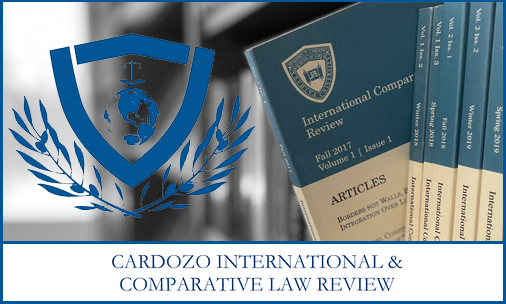Document Type
Blog Post
Publication Date
2-17-2022
Graduation Year
2023
Abstract
America has long grappled with police brutality, but the issue has arguably never been more publicized than in the last decade. Of particular note was the 2020 murder of George Floyd by police. The murder set off nationwide protests over police brutality when a video of the killing was posted on the internet. In years past, an incident like this may have been brushed off or even ignored altogether. The initial report issued by the Minneapolis Police Department, since retracted, appears to place the blame for the “critical incident” on Mr. Floyd. It notes he “appeared to be under the influence” and “physically resisted officers” who then called for an ambulance after the suspect “appeared to be suffering medical distress.” A charitable account of that report would be to characterize it as obfuscating the truth. Instead, it’s more like an outright lie—one that was only discovered because cell phone footage surfaced. Cell phone footage could play an essential role in auditing police conduct and keeping police accountable. Yet, not every circuit court has held that a right to record the police in public is clearly established.
This post was originally published on the Cardozo International & Comparative Law Review on February 17, 2022. The original post can be accessed via the Archived Link button above.
Recommended Citation
Thomas, Henry, "Is There a First Amendment Right to Record Police? Not All Circuits Agree" (2022). Cardozo International & Comparative Law Review (CICLR) Blog. 37.
https://larc.cardozo.yu.edu/ciclr-online/37



